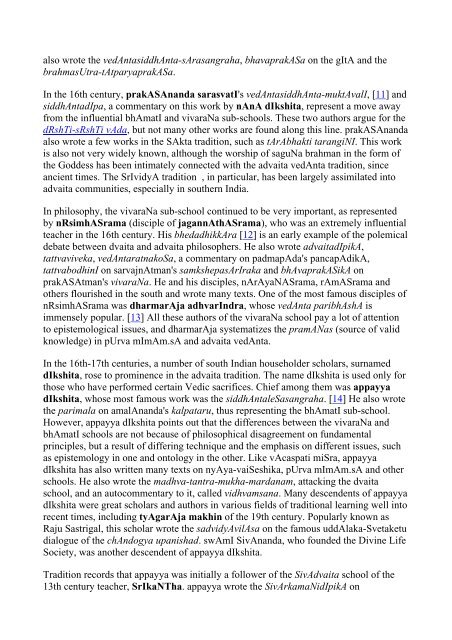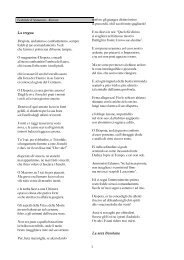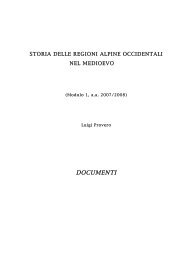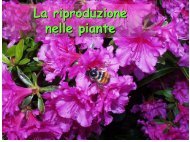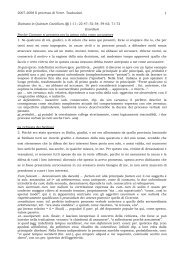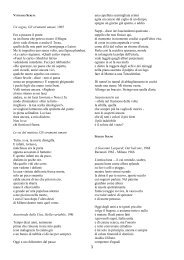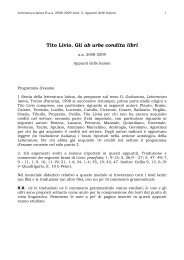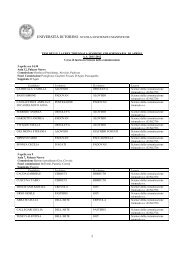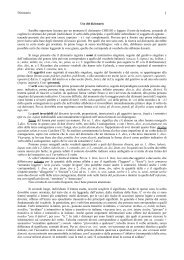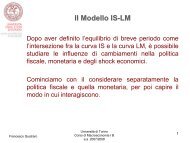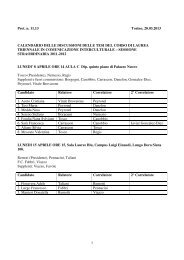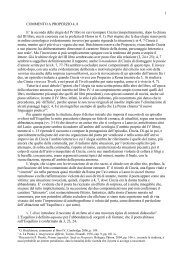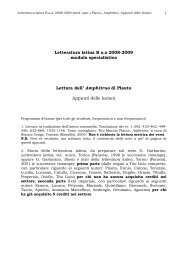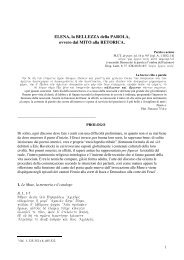ajAti vAda
ajAti vAda
ajAti vAda
You also want an ePaper? Increase the reach of your titles
YUMPU automatically turns print PDFs into web optimized ePapers that Google loves.
also wrote the vedAntasiddhAnta-sArasangraha, bhavaprakASa on the gItA and the<br />
brahmasUtra-tAtparyaprakASa.<br />
In the 16th century, prakASAnanda sarasvatI's vedAntasiddhAnta-muktAvalI, [11] and<br />
siddhAntadIpa, a commentary on this work by nAnA dIkshita, represent a move away<br />
from the influential bhAmatI and vivaraNa sub-schools. These two authors argue for the<br />
dRshTi-sRshTi <strong>vAda</strong>, but not many other works are found along this line. prakASAnanda<br />
also wrote a few works in the SAkta tradition, such as tArAbhakti tarangiNI. This work<br />
is also not very widely known, although the worship of saguNa brahman in the form of<br />
the Goddess has been intimately connected with the advaita vedAnta tradition, since<br />
ancient times. The SrIvidyA tradition , in particular, has been largely assimilated into<br />
advaita communities, especially in southern India.<br />
In philosophy, the vivaraNa sub-school continued to be very important, as represented<br />
by nRsimhASrama (disciple of jagannAthASrama), who was an extremely influential<br />
teacher in the 16th century. His bhedadhikkAra [12] is an early example of the polemical<br />
debate between dvaita and advaita philosophers. He also wrote advaitadIpikA,<br />
tattvaviveka, vedAntaratnakoSa, a commentary on padmapAda's pancapAdikA,<br />
tattvabodhinI on sarvajnAtman's samkshepasArIraka and bhAvaprakASikA on<br />
prakASAtman's vivaraNa. He and his disciples, nArAyaNASrama, rAmASrama and<br />
others flourished in the south and wrote many texts. One of the most famous disciples of<br />
nRsimhASrama was dharmarAja adhvarIndra, whose vedAnta paribhAshA is<br />
immensely popular. [13] All these authors of the vivaraNa school pay a lot of attention<br />
to epistemological issues, and dharmarAja systematizes the pramANas (source of valid<br />
knowledge) in pUrva mImAm.sA and advaita vedAnta.<br />
In the 16th-17th centuries, a number of south Indian householder scholars, surnamed<br />
dIkshita, rose to prominence in the advaita tradition. The name dIkshita is used only for<br />
those who have performed certain Vedic sacrifices. Chief among them was appayya<br />
dIkshita, whose most famous work was the siddhAntaleSasangraha. [14] He also wrote<br />
the parimala on amalAnanda's kalpataru, thus representing the bhAmatI sub-school.<br />
However, appayya dIkshita points out that the differences between the vivaraNa and<br />
bhAmatI schools are not because of philosophical disagreement on fundamental<br />
principles, but a result of differing technique and the emphasis on different issues, such<br />
as epistemology in one and ontology in the other. Like vAcaspati miSra, appayya<br />
dIkshita has also written many texts on nyAya-vaiSeshika, pUrva mImAm.sA and other<br />
schools. He also wrote the madhva-tantra-mukha-mardanam, attacking the dvaita<br />
school, and an autocommentary to it, called vidhvamsana. Many descendents of appayya<br />
dIkshita were great scholars and authors in various fields of traditional learning well into<br />
recent times, including tyAgarAja makhin of the 19th century. Popularly known as<br />
Raju Sastrigal, this scholar wrote the sadvidyAvilAsa on the famous uddAlaka-Svetaketu<br />
dialogue of the chAndogya upanishad. swAmI SivAnanda, who founded the Divine Life<br />
Society, was another descendent of appayya dIkshita.<br />
Tradition records that appayya was initially a follower of the SivAdvaita school of the<br />
13th century teacher, SrIkaNTha. appayya wrote the SivArkamaNidIpikA on


